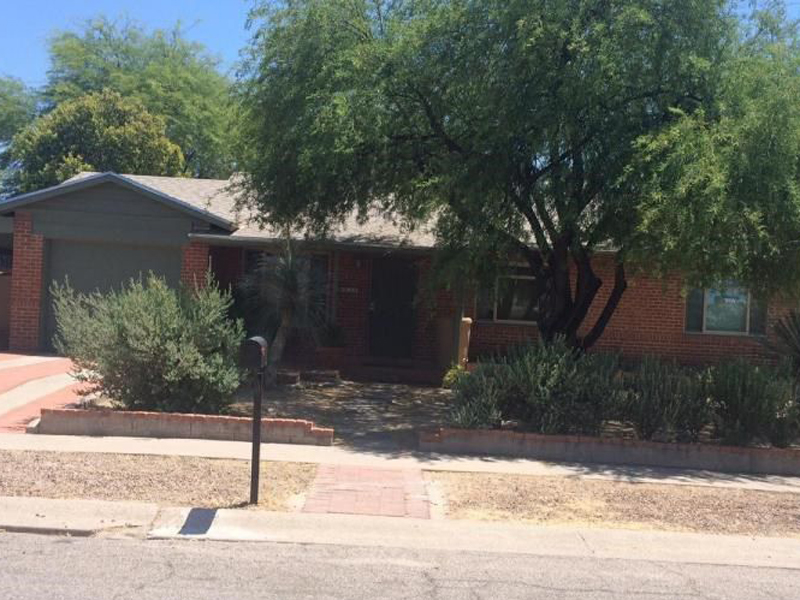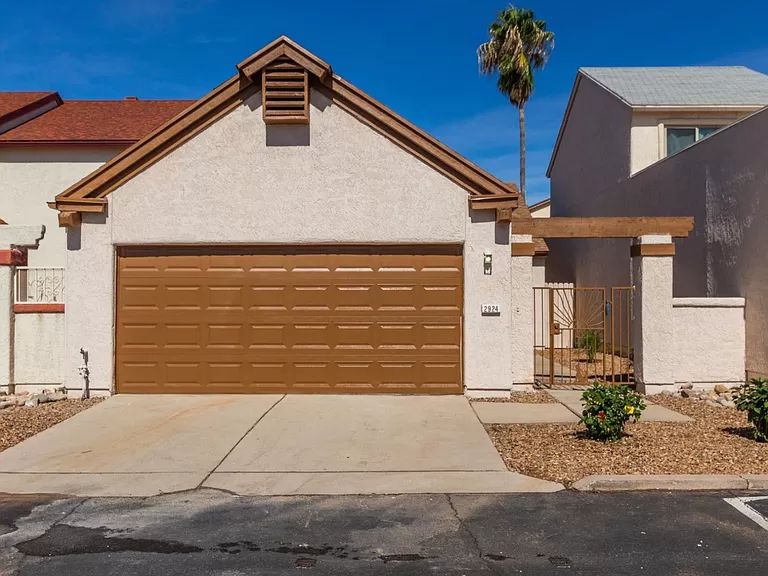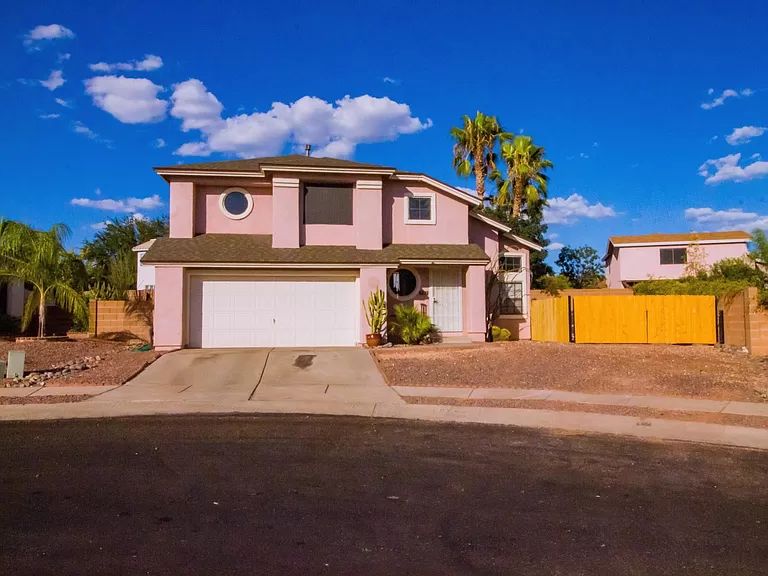Is Your Garage Door Stuck? Right here's What to Do First
When your garage door will not open, begin with these essential security checks before trying any type of fixings. Initially, make certain no person is standing near the door which cars are free from the opening. Search for noticeable signs of damages like damaged panels, curved tracks, or hanging wires. If you see a snapped spring or severely damaged parts, stop quickly and call a specialist—-- these repair work require customized devices and know-how to deal with securely.

Inspect These 6 Things Before Calling an Expert
Before thinking you need pricey fixings, run through this fast analysis checklist that solves most garage door problems:
-
Source of power: Verify the opener is connected in and the electrical outlet is functioning
-
Remote batteries: Replace dead batteries in your remote control
-
Hands-on lock: Examine if someone mistakenly engaged the hands-on lock
-
Blockages: Try to find particles obstructing the door's course or sensing units
-
Emergency release: Make certain the red emergency situation cable hasn't been pulled
-
Circuit breaker: Validate the garage circuit hasn't stumbled
These straightforward checks deal with about 70% of garage door issues without needing professional treatment.
10 Typical Factors Your Garage Door Will Not Open Up
Comprehending why your garage door opener isn't working assists you pick the appropriate option. Right here are one of the most regular causes property owners experience:
Dead remote batteries stand for the easiest solution—-- when batteries pass away, the remote can't send out signals to the opener. Power interruptions or tripped breakers reduced electrical energy to the motor. Busted springtimes prevent the door from raising properly and need instant professional focus. Sensing unit imbalance reasons safety systems to block door procedure. Track blockages stop rollers from moving efficiently. Electric motor overload triggers automatic shutoffs when the opener detects resistance. Limit switch troubles confuse the opener concerning door placement. Wire damage interferes with the lifting mechanism. Weather-related problems affect door activity during severe temperature levels. Component wear from age slowly lowers system performance.
Problem # 1: Dead Push-button Control Batteries
When your wall switch functions yet your remote does not, dead batteries are usually the wrongdoer. Many garage door remotes use either 3-volt lithium or 12-volt alkaline batteries. Remove the back cover of your remote and examine the battery kind. Change with fresh batteries and check the remote. If it still doesn't function, you might need to reprogram it to your opener. Consult your opener's guidebook for certain reprogramming guidelines, as the procedure differs by manufacturer.
Problem # 2: Power Supply Issues
Garage door power troubles frequently originate from loose connections or stumbled circuits. Examine that the opener is strongly linked into its outlet—-- vibration can loosen up links in time. Check the electrical outlet with an additional tool to validate it's working. Examine your home's breaker box for stumbled circuits, especially if you have actually experienced tornados or power fluctuations. GFCI electrical outlets might have stumbled and need resetting. If the opener has power however will not respond, the concern most likely lies in other places in the system.
Problem # 3: Broken or Damaged Springs
Damaged garage door springs are among the most dangerous elements to manage. If you hear a loud bang from your garage or notice the door feels exceptionally hefty when attempting to raise manually, a spring has actually most likely snapped. Torsion springs run horizontally over the door, while expansion springtimes sit on either side. Never try spring repairs on your own—-- these elements keep incredible stress that can cause major injury or fatality. Professional replacement normally sets you back $150-$300 however guarantees your security.
Trouble # 4: Blocked Safety Sensing Units
Modern garage doors include security sensors that stop closure when objects are found. These sensors can quit the door from opening up if they're unclean, misaligned, or obstructed by particles. Clean sensor lenses with a soft cloth and make sure absolutely nothing blocks the invisible beam in between them. Inspect that sensors are properly lined up—-- the majority of have indicator lights that show connection standing. Sensor issues typically fix with easy cleaning and modification.
Trouble # 5: Track Obstructions or Damage
Garage door tracks guide rollers as the door goes up and down. Dust, debris, old grease, or tiny items can jam the system. Inspect tracks aesthetically and get rid of any kind of obstructions with a brush or cloth. Try to find dents, flexes, or warping that can hinder smooth procedure. Small track changes are feasible for helpful homeowners, but substantial damages requires expert repair work to prevent further troubles or safety and security risks.
Trouble # 6: Garage Door Opener Electric Motor Issues
When the garage door electric motor runs but the door doesn't move, several concerns could be responsible. The electric motor may be overloaded and turning off as a safety measure. Equipment wear, particularly in older devices, can stop proper procedure. Chain or belt drive issues impact power transmission. If you listen to uncommon grinding, clicking, or humming audios, stop making use of the opener right away. Electric motor fixings typically set you back more than substitute, particularly for systems over one decade old.
Step-by-Step Do It Yourself Troubleshooting Guide
Follow this organized approach to garage door repairing while focusing on security throughout the procedure:
Action 1: Examine the wall switch initially. If it functions however the remote doesn't, concentrate on remote concerns. If neither jobs, inspect power supply.
Step 2: Check out the manual release cable. If it's been pulled, the opener is disengaged from the door. Push the trolley back to reconnect.
Step 3: Manually examine the door by disengaging the opener and trying to lift the door by hand. It should move smoothly and stay in place when half-open.
Step 4: Examine noticeable parts for damage, paying unique focus to springs, cords, and tracks.
Tip 5: Inspect all safety functions consisting of sensors, restriction switches, and auto-reverse features.
Action 6: Examination different controls (remote, wall surface button, keypad) to isolate the trouble source.
Constantly put on safety glasses and work handwear covers when carrying out evaluations, and never attempt repair work on springtimes or high-tension parts.
When to Call a Specialist vs. DIY Solutions

Understanding when to call a garage door specialist versus trying DIY repairs protects both your safety and your pocketbook. Handle these issues on your own: dead remote batteries, power supply problems, small track cleansing, sensor cleansing and placement, and standard lubrication.
Never ever attempt these repair work yourself: springtime substitute or adjustment, cable fixings, major track realignment, electrical wiring issues, opener motor replacement, or any type of repair entailing high-tension parts. Professional professionals have specialized tools, training, and insurance policy to deal with unsafe fixings safely.
Think about repair work costs versus replacement prices, specifically for doors over 15 years old. Modern garage doors use better security functions, energy effectiveness, and dependability than older designs.
Emergency Garage Door Solutions
When you're stuck to a garage door that won't open up and require instant gain access to, adhere to these emergency treatments:
Guidebook Operation: Draw the red emergency release cable to disengage the opener. This permits manual procedure yet calls for correct technique to stay clear of injury. Raise the door slowly and equally, using leg muscle mass as opposed to your back. Many property doors consider 100-150 pounds, making them workable for the majority of adults.
Momentary Fixes: If the door opens up manually however won't keep up, prop it open with sawhorses or clamps—-- never use your body or automobiles as supports. For doors that won't close totally, ensure the opening is protected if you should leave.
Emergency Solution: seasonal garage door maintenance checklist Several garage door companies supply 24/7 emergency solution for scenarios involving safety and security issues, trapped vehicles, or total system failures. While more expensive than regular solution calls, emergency repairs supply immediate services when required most.
Safety Warning: What NOT to Do
Garage door security needs recognizing hazardous repairs that must never ever be tried by homeowners:
Never attempt to fix springtimes—-- they store enough energy to create fatal injuries when they snap or are poorly taken care of. Don't force a stuck door—-- this can damage the opener, tracks, or door panels, producing much more pricey troubles. Avoid bypassing safety and security features—-- sensors and auto-reverse mechanisms avoid severe injuries and residential property damage.
Do not disregard weird sounds—-- grinding, scuffing, or banging audios show issues that worsen over time. Never use the door if cords are torn or broken—-- the door could fall suddenly. Don't attempt electric fixings unless you're a qualified electrician—-- garage door openers utilize both 120V family current and low-voltage control circuits.

Precautionary Upkeep to Stay Clear Of Future Troubles
Regular garage door maintenance stops most common troubles and expands system life expectancy considerably:
Regular monthly Tasks: Aesthetic examination of all components, examining auto-reverse safety functions, inspecting and tightening hardware, and cleansing tracks and sensors.
Quarterly Jobs: Oiling all moving get rid of proper garage door lubricant, testing guidebook operation, and inspecting weather condition sealing.
Yearly Tasks: Expert evaluation and tune-up, springtime modification if needed, and opener upkeep consisting of belt or chain change.
Seasonal Jobs: Getting ready for climate extremes, inspecting insulation, and changing opener setups for temperature level changes.
Constant maintenance prices far less than emergency situation repair work and makes sure dependable operation year-round.
Garage Door Will Not Open Up FAQs
Why won't my garage door open with the remote yet deals with the wall switch?
This generally suggests dead remote batteries, signal interference, or the need to reprogram the remote. Examine batteries first, after that consult your opener guidebook for reprogramming directions.
Can I by hand open my garage door if the power is out?
Yes, pull the red emergency situation launch cable to disengage the opener, after that raise the door by hand. Be planned for the door's complete weight and lift with appropriate technique to stay clear of injury.
Just how do I recognize if my garage door springtime is broken?
Signs include a loud bang from the garage, the door feeling extremely hefty when raising by hand, visible gaps in the springtime coils, or the door just opening a few inches prior to stopping.
Is it safe to use my garage door if it won't open all the way?
No, partial operation shows mechanical troubles that might aggravate all of a sudden. Quit making use of the door and have it evaluated by a professional to stop more damages or injury.
What should I do if my garage door opens up but will not shut?
Check safety sensors for blockages or imbalance, examine the tracks for particles, and evaluate the auto-reverse function. If these don't solve the trouble, seek advice from a specialist.
How much does it set you back to deal with a garage door that will not open?
Expenses differ widely depending on the issue: battery substitute ($5-$10), expert medical diagnosis ($50-$100), spring substitute ($150-$300), or opener substitute ($200-$500).
Can weather impact my garage door's capability to open up?
Yes, severe cold can enlarge lubricating substances and impact steel parts, while warmth can cause expansion issues. The majority of problems solve as temperature levels normalize, however persistent issues might require specialist focus.
Why does my garage door open a couple of inches after that quit?
This generally indicates busted springtimes, limit switch troubles, or track obstructions. The opener's security functions quit operation when resistance is found, preventing damage to the motor or door.
Get Professional Aid for Complicated Problems
When do it yourself troubleshooting does not fix your garage door troubles, specialist service technicians offer the competence and devices needed for risk-free, long-term fixings. Certified experts identify problems accurately, utilize manufacturer-approved components, and offer service warranties on their job.
Specialist solutions include: thorough system inspections, springtime and wire substitute, opener repair service and substitute, track placement and replacement, electrical troubleshooting, and emergency situation solution calls.
What to anticipate: ahead of time rates, accredited and insured professionals, same-day service for lots of repairs, and follow-up upkeep referrals.
Many garage door firms offer free estimates for significant repair services and can supply instant remedies for immediate troubles influencing home security or vehicle access.
Obtaining Your Garage Door Working Again
A garage door that won't open up does not need to destroy your day or break your budget. Start with easy troubleshooting steps like examining power, changing batteries, and checking out for obvious obstructions. Lots of issues have quick do it yourself solutions that recover regular operation within minutes.
Nonetheless, acknowledge when specialist assistance is necessary—-- specifically for spring-related concerns, electrical issues, or facility mechanical failures. Attempting hazardous repair work on your own risks major injury and usually produces more expensive troubles.
Routine upkeep prevents most garage door issues and makes certain trusted operation for years ahead. When issues do take place, address them quickly to prevent even more costly repair services and maintain your home's protection and comfort. Whether you need a basic battery substitute or total system overhaul, solutions exist to get your garage door working smoothly again.